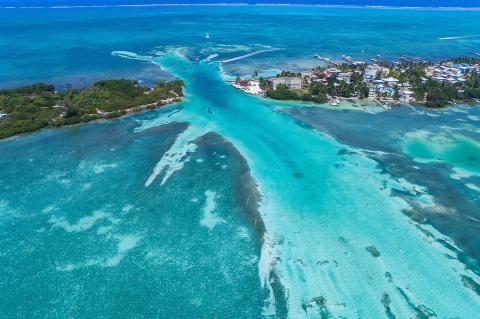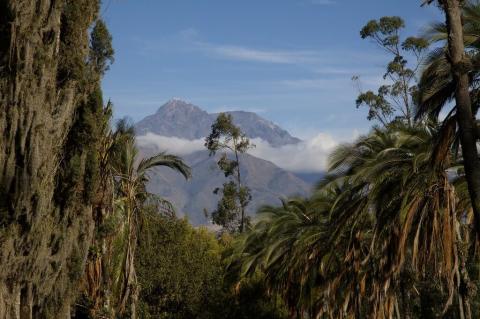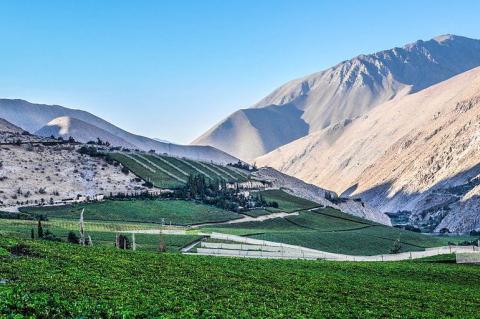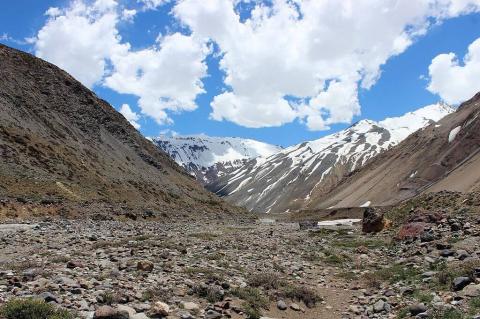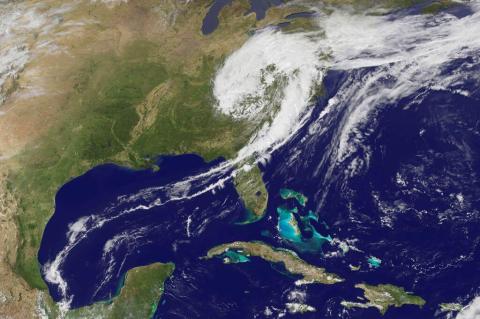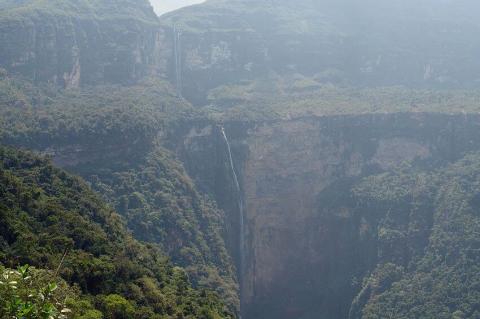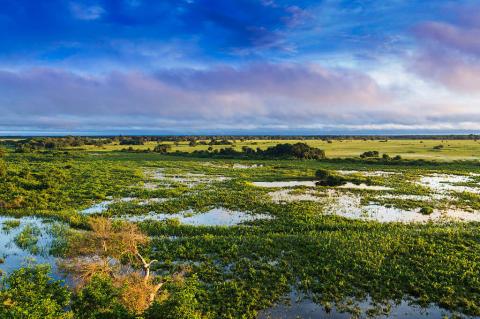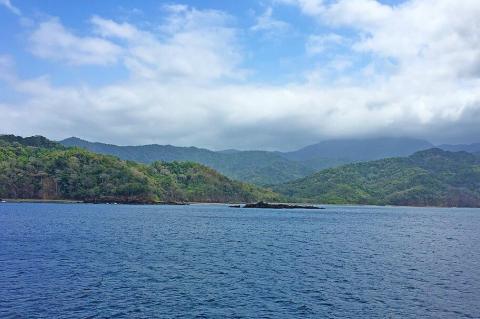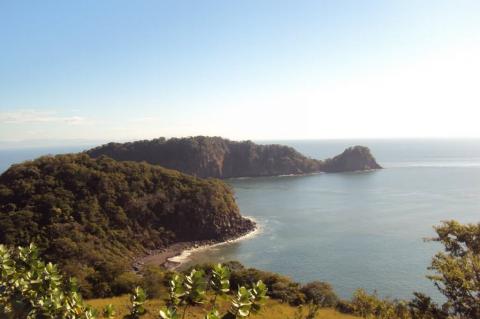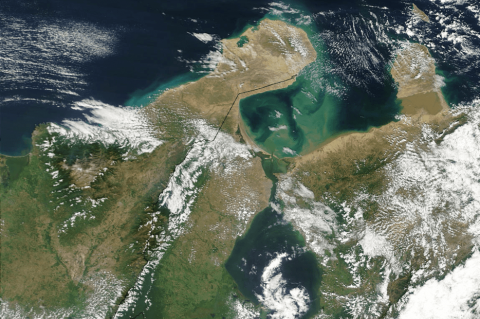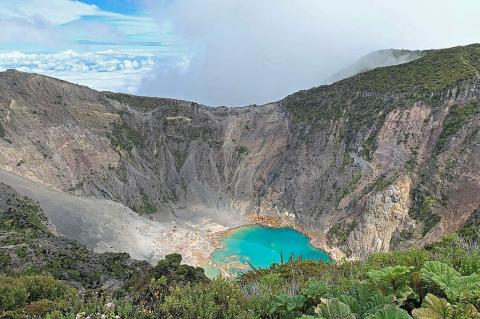Belize Barrier Reef: A Jewel of Ecological Diversity and Conservation
The Belize Barrier Reef, a masterpiece of nature within the Mesoamerican Barrier Reef System, stands as a cornerstone of marine biodiversity in the Northern Hemisphere. As the second-largest coral reef system globally, it mesmerizes with its intricate ecosystems, rare coastal forests, and unique reef types.
